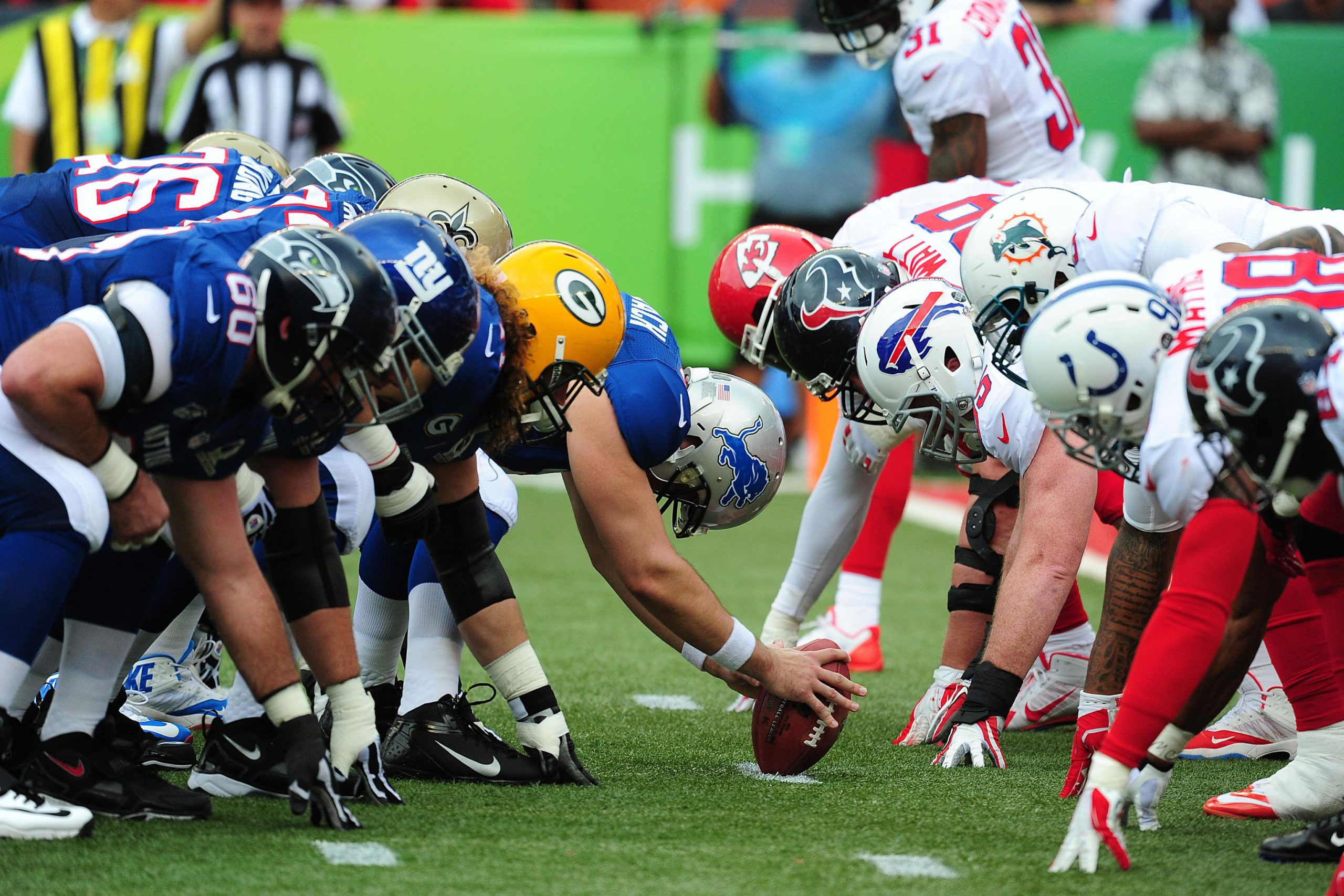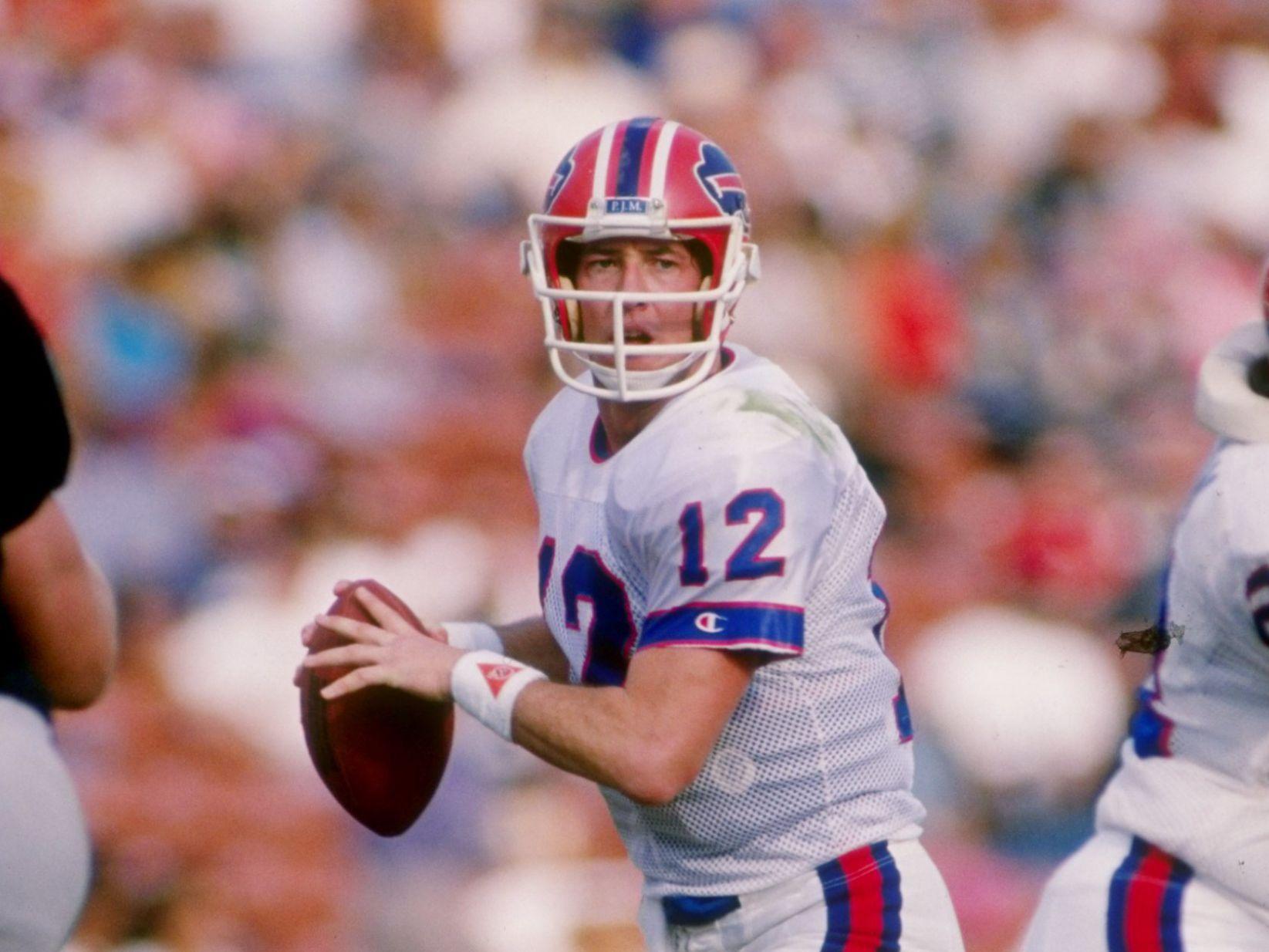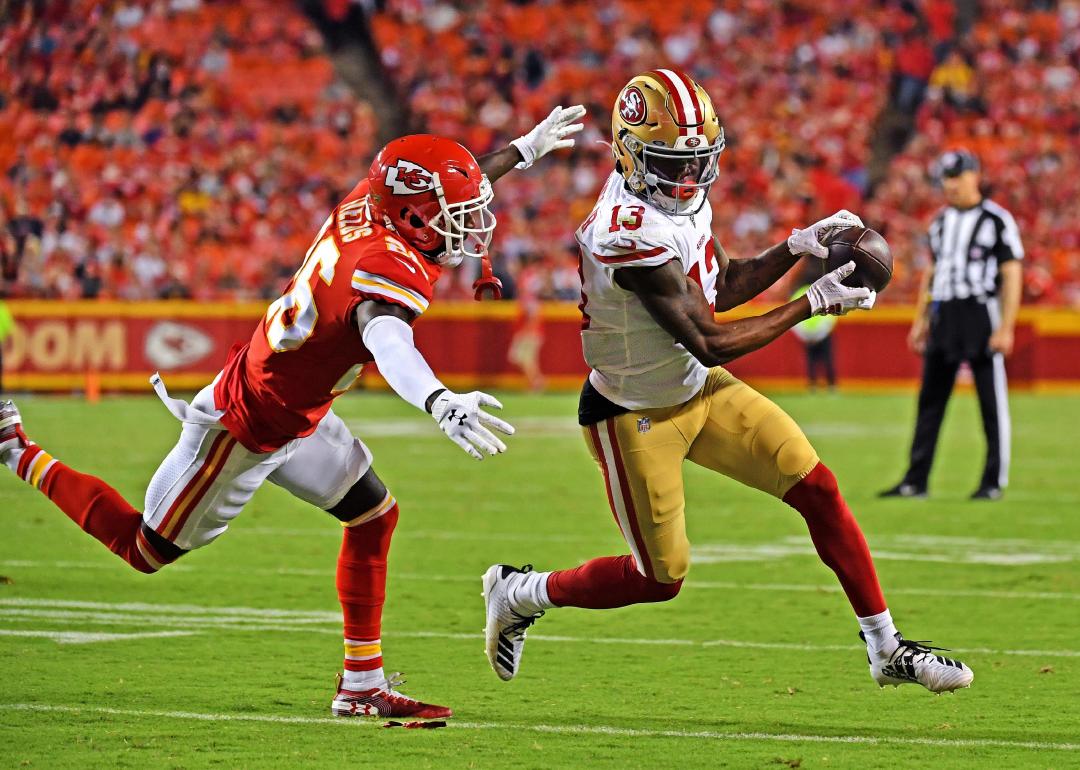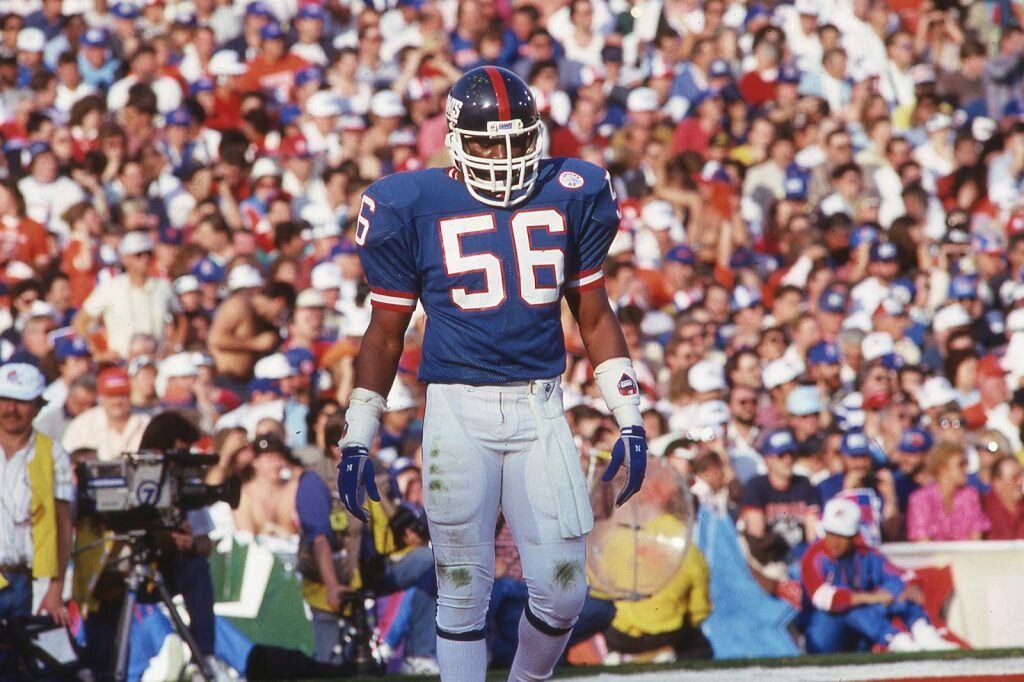Once upon a time, a hodgepodge of talented college kids played the NFL champions for charity.
The Chicago Charities College All-Star Game was a preseason football game played annually from 1934 to 1976 between the defending NFL champions and a team of college seniors from the previous year. In 1933, Chicago Tribune sports editor Arch Ward came up with the idea for Major League Baseball’s All-Star Game to help boost attendance at the Chicago World’s Fair. The Century of Progress exposition, celebrating the city’s centennial, was so successful that it returned the following year. Chicago Mayor Edward Kelly asked the editor and publisher of the Tribune, Colonel Robert McCormick, to help start a sports spectacle as an adjunct to the expo the following year. McCormick turned to the 37-year-old Ward, who had been Knute Rockne’s publicist at Notre Dame and had founded the Golden Gloves amateur boxing tournament a decade earlier, for another idea. Ward met with his friend, Chicago Bear owner George Halas, and the two hatched the idea of staging a game between a team of the nation’s best collegiate players and the defending NFL champions. The game would benefit Chicago-area charities and be played at Soldier Field in late summer.
The early NFL was quite unstable. Between 1921 and 1932, the league had 36 different franchises. Sportswriters denounced the pro game, suggesting that playing for pay was joyless and corrupt. Typical home attendance in the early 1930s for Bears games was 5,000, and Halas saw the benefit of capitalizing on the popularity of college football. In June 1934, Ward wrote in the Tribune of “the most unusual football game ever scheduled” designed “to provide a few hours of wholesome recreation for those who wish to see the best talent American football can present.” On August 31, 1934, nearly 80,000 spectators—three times larger than the crowd that showed up for the NFL title game between the Giants and Bears as Wrigley Field nine months earlier—witnessed a scoreless tie between the All-Stars and Chicago Bears. The following year, University of Michigan center and future U.S. President Gerald Ford played in the game—won by the Bears, 5-0–using the $ 100 game fee to pay for transportation to Yale Law School. The All-Star team’s first win came in 1937, when TCU’s Sammy Baugh led the collegians to a 6-0 victory over the Curly Lambeau-coached Green Bay Packers. Between 1943 and 1950, the All-Stars won four times, including back-to-back victories in 1946 and 1947. The 1947 contest drew the largest crowd in College Football All-Star Classic history, as 105,840 saw the collegians beat the hometown Bears, 16-0.
Like it’s MLB counterpart, the All-Star game became a midsummer fixture. To promote interest, Ward wisely allowed fans to vote for the 35 players that comprised the collegian’s roster, as well as three coaches. The Most Valuable Player award was given from 1938 through 1973 and was always presented to a player on the College All-Stars. Past recipients include John Hadl [Daily Dose, April 28] and Larry Csonka [Daily Dose, January 14]. The All-Stars largest margin of victory came in 1943, when they shellacked the Washington Redskins, 27-7. The pros’ most lopsided wins were both 38-0 routs–by the Philadelphia Eagles in 1949 and Packers in 1966. After the first 22 games of the series, the collegians record was 7-13-2. Following their win in 1947, the All-Stars won just four of the final 29 games. The last win by the collegians came in 1963, when two Wisconsin Badgers—Ron Vanderkelen and Pat Richter—hooked up for a 73-yard touchdown pass to beat the two-time defending NFL champion Packers. Following the loss, embarrassed Green Bay coach Vince Lombardi ensured history would not repeat itself and his team outscored the All-Stars 99-17 in three subsequent victories.
By the 1960s, pro football had become America’s most popular spectator sport. Between 1960 and 1969, attendance at pro games doubled, with television providing the catalyst. In thirty years, professional football transformed itself from a regional sport with a small following to a national phenomenon watched by millions. Enthusiasm for the All-Star game began to erode in the 1970s. Not wanting their players to miss training camp or risk injury, NFL coaches became reluctant to let their new draftees play in the exhibition. As the popularity of the pro game increased, interest in the All-Star game gradually diminished. With escalating insurance costs and resistance from NFL coaches, the Chicago Tribune announced in December 1976 that the game would be discontinued. The game had boosted interest in professional football, but when it was cancelled, few noticed or seemed to care. NFL Commissioner Pete Rozelle [Daily Dose, March 1] said, “The College All-Star Game played a major role in the growth of the NFL. I regret it is no longer practical economically for Chicago Tribune Charities to sponsor it.” The final game, played in a driving rainstorm July 23, 1976, was cancelled with 1:22 remaining in the third quarter.
The College All-Star Football Classic raised over $ 4 million for Chicago-area charities during its 42 years of existence. Pro teams won 31 of those games, the collegians won nine, and two ended in ties.
On this date in 1973, the Miami Dolphins—fresh off their perfect season—beat the college All-Stars, 14-3, before 54,103 spectators at Soldier Field in Chicago. Southern Mississippi’s Ray Guy [Daily Dose, February 1]–a punter–was named MVP.
“I came here expecting the Pittsburgh Steelers to be terrific, and they didn’t disappoint me.”- Archie Griffin, College All-Star, following a 24-0 loss in 1976









